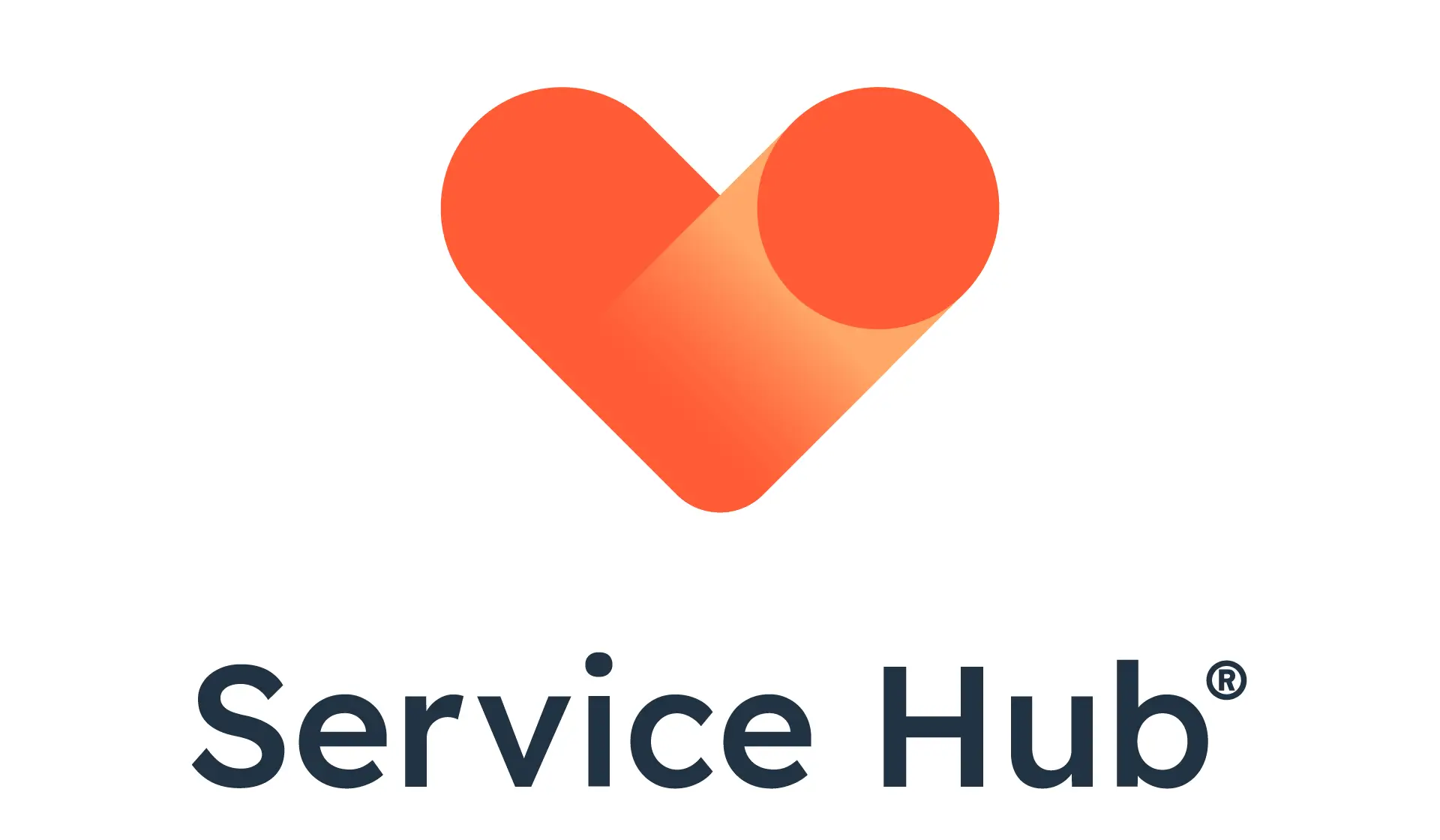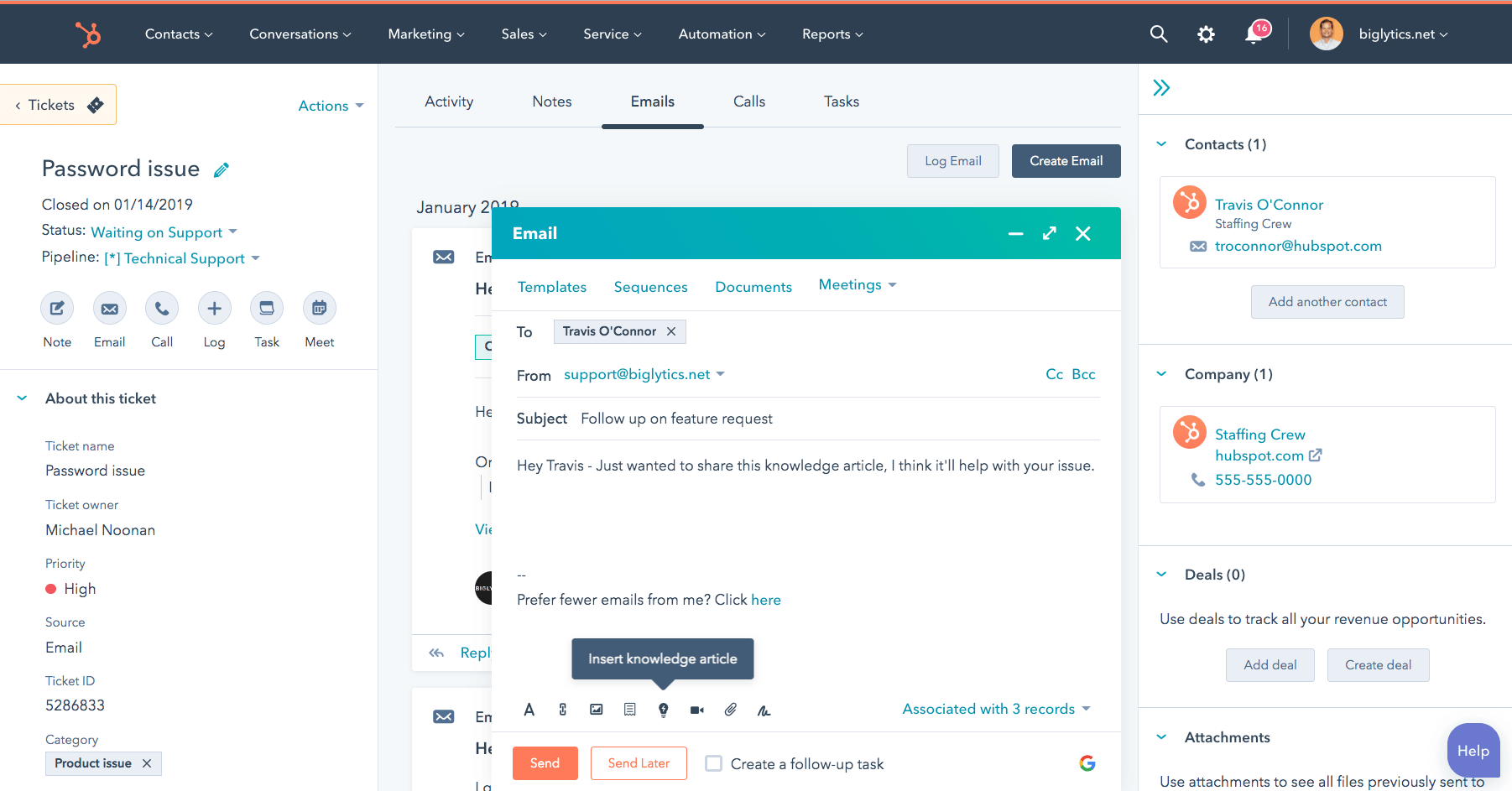
HubSpot Chatflows & Service Hub: Complete Buyer's Guide
Integrated customer service and conversational marketing platform
HubSpot Chatflows & Service Hub positions itself as an integrated customer service and conversational marketing platform that unifies ticketing, live chat, and AI capabilities within HubSpot's comprehensive CRM ecosystem[46][53].
Market Position & Maturity
Market Standing
HubSpot maintains a dominant position in the integrated CRM and customer service platform market, with G2 ratings of 4.4/5 based primarily on usability and CRM integration rather than AI advancement[58].
Company Maturity
Company maturity indicators demonstrate substantial operational scale and stability. HubSpot's internal implementation reported $38M in recurring revenue generated through unified live chat and CRM integration, alongside $2.3M in annual headcount cost savings[54].
Industry Recognition
Industry recognition focuses on integrated platform capabilities rather than AI innovation[53][57].
Strategic Partnerships
Strategic partnerships within the HubSpot ecosystem provide extensive integration capabilities, though this creates potential vendor lock-in considerations for organizations building extensive HubSpot dependencies[47][57].
Longevity Assessment
Long-term viability assessment shows strong indicators through HubSpot's established market position, comprehensive platform approach, and continued investment in AI capabilities.
Proof of Capabilities
Customer Evidence
Citron Hygiene's transformation demonstrates HubSpot's effectiveness in B2B lead generation scenarios. The company achieved 155% year-over-year lead growth through lifecycle-driven chatbot deployment with comprehensive website coverage[49].
Quantified Outcomes
4Racing reduced average ticket resolution time from 4.3 days to 17.6 hours and improved first-response time by 41% using Service Hub's automation and CRM integration[50].
Case Study Analysis
Double's e-commerce success achieved 3.2X higher conversion rates via WhatsApp-integrated chatbots after 3 weeks of journey mapping and 120+ hours of copywriting for tone alignment[49].
Market Validation
Market validation evidence includes documented implementations across diverse industry verticals, though specific customer retention rates and adoption metrics are not disclosed in available research[57].
Competitive Wins
Competitive wins against standalone tools like Drift center on unified data access and simplified vendor management, though organizations requiring advanced NLP capabilities may achieve better technical performance with specialized AI platforms[53][57].
AI Technology
HubSpot's AI foundation centers on the Breeze Customer Agent, which utilizes comprehensive contact data and behavioral triggers to personalize interactions across the customer journey[45][57].
Architecture
The platform's architecture emphasizes native CRM integration over advanced NLP processing. Unlike standalone conversational AI tools, HubSpot's approach prioritizes unified data access across marketing automation, sales pipeline management, and customer service operations[53].
Primary Competitors
Standalone conversational AI tools like Drift, Aisera, and Cognigy[53][57].
Competitive Advantages
Primary competitive advantages center on native CRM integration capabilities that enable personalized interactions using comprehensive contact data, location, referral source, and behavioral triggers[45][57].
Market Positioning
HubSpot's market positioning competes in the integrated platform category rather than pure-play conversational AI, targeting organizations prioritizing operational simplicity and data unification over AI advancement[53].
Win/Loss Scenarios
Win scenarios favor organizations already using or planning HubSpot CRM implementation, where unified data access and simplified vendor management provide significant operational advantages[57]. Loss scenarios typically involve organizations requiring best-of-breed conversational AI capabilities, operating non-HubSpot CRM systems, or needing advanced NLP processing for complex customer interactions[53][57].
Key Features

Pros & Cons
Use Cases
Integrations
Pricing
Featured In Articles
How We Researched This Guide
About This Guide: This comprehensive analysis is based on extensive competitive intelligence and real-world implementation data from leading AI vendors. StayModern updates this guide quarterly to reflect market developments and vendor performance changes.
59+ verified sources per analysis including official documentation, customer reviews, analyst reports, and industry publications.
- • Vendor documentation & whitepapers
- • Customer testimonials & case studies
- • Third-party analyst assessments
- • Industry benchmarking reports
Standardized assessment framework across 8 key dimensions for objective comparison.
- • Technology capabilities & architecture
- • Market position & customer evidence
- • Implementation experience & support
- • Pricing value & competitive position
Research is refreshed every 90 days to capture market changes and new vendor capabilities.
- • New product releases & features
- • Market positioning changes
- • Customer feedback integration
- • Competitive landscape shifts
Every claim is source-linked with direct citations to original materials for verification.
- • Clickable citation links
- • Original source attribution
- • Date stamps for currency
- • Quality score validation
Analysis follows systematic research protocols with consistent evaluation frameworks.
- • Standardized assessment criteria
- • Multi-source verification process
- • Consistent evaluation methodology
- • Quality assurance protocols
Buyer-focused analysis with transparent methodology and factual accuracy commitment.
- • Objective comparative analysis
- • Transparent research methodology
- • Factual accuracy commitment
- • Continuous quality improvement
Quality Commitment: If you find any inaccuracies in our analysis on this page, please contact us at research@staymodern.ai. We're committed to maintaining the highest standards of research integrity and will investigate and correct any issues promptly.